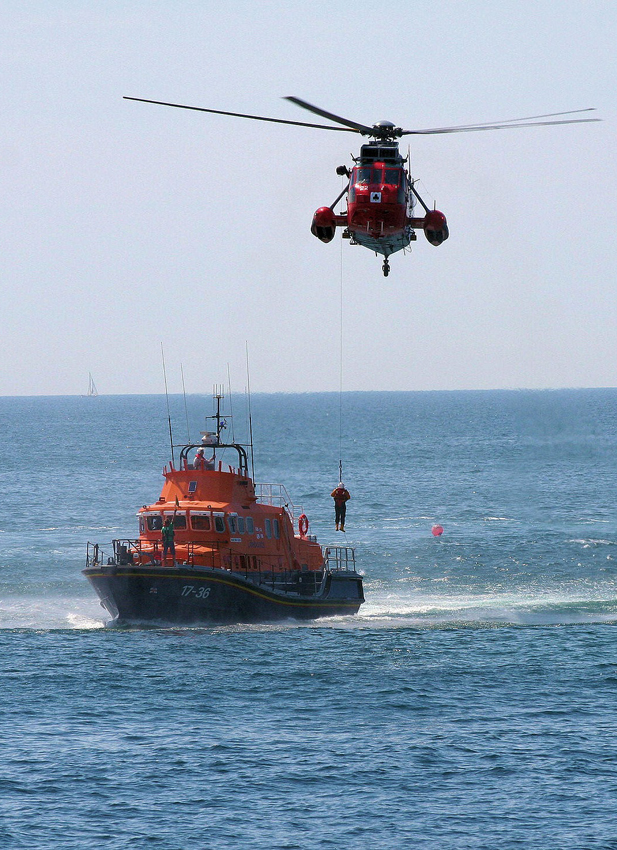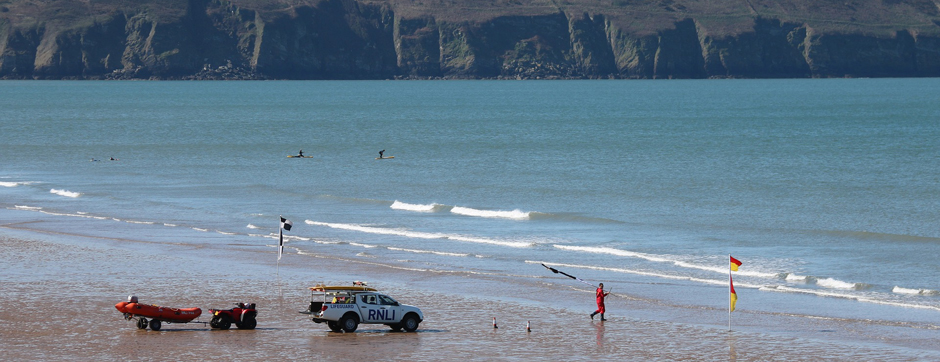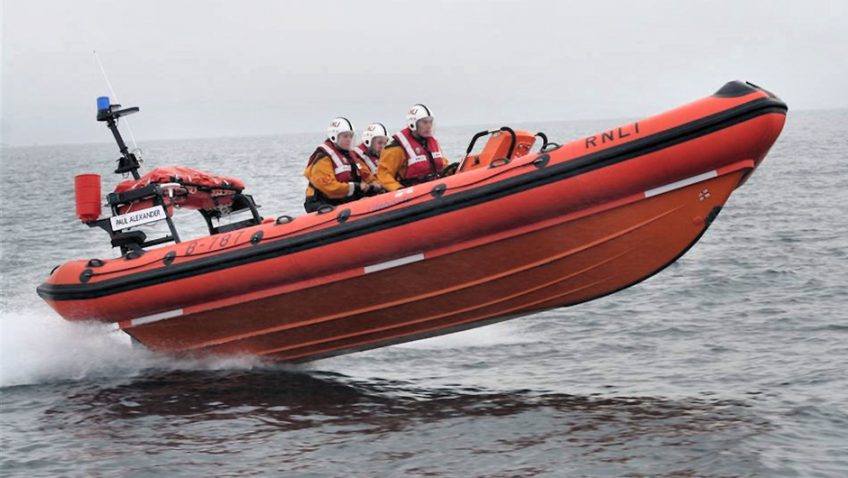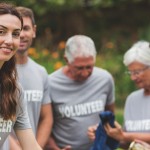RNLI: the charity that saves lives at sea. Every day of every year, people of all backgrounds get into danger in the water. It’s a problem that they’re here to tackle.
It saves lives by providing a 24-hour lifeboat search and rescue service, seasonal lifeguards, water safety education and initiatives, and flood rescue response.
And it’s a charity that relies wholly on donations from the public.
Often, we just take the service for granted and expect the boat to be launched whenever there is someone in danger on the sea and maybe forget that most of the crew are volunteers and they risk their lives each time they go out.
History
1785: The first lifeboats: Lionel Lukin paved the way for the first purpose-built lifeboat when he designed the world’s first unsinkable boat and patented it in 1785. The next year Dr. John Sharp, Archdeacon of Northumberland and a trustee of Lord Crew’s Charity, commissioned Lukin to convert a coble, a type of fishing boat, into an ‘unimmergible’ lifeboat for Bamburgh.
Sir William Hillary: Sir William Hillary’s vision for a service dedicated to saving lives at sea became a reality in Bishopsgate’s trendy London Tavern on 4 March 1824.
Living in Douglas on the Isle of Man, Hillary saw the treacherous nature of the sea first-hand. He witnessed dozens of shipwrecks around the Manx coast and saved many lives with the help of locals.
In the early 19th century there was an average of 1,800 shipwrecks a year around our coasts. And the danger of shipwreck was an accepted way of life at sea.
But Hillary refused to sit by and watch people drown.
On 28 February 1823, he made an impassioned appeal to the nation, calling for a service dedicated to saving lives at sea.
Deaf ears
He sent a pamphlet to the British Navy, ministers and prominent citizens, appealing for the formation of a National Institution for the Preservation of Lives and Property from Shipwreck.
At the heart of this institution would be ‘a large body of men … in constant readiness to risk their own lives for the preservation of those whom they have never known or seen, perhaps of another nation, merely because they are fellow creatures in extreme peril.’
But Hillary’s noble idea fell on deaf ears – the Admiralty refused to help.
Sir William Hillary didn’t give up. Instead he rebranded his appeal for the more philanthropic members of London society. Inspired by rigorous lobbying, more and more benefactors came onboard.
King George lV assured royal patronage and the Prime Minister Robert Jenkinson, 2nd Earl of Liverpool, agreed to be President.
Over 30 eminent gentlemen put their names to the fledgling RNLI at the inaugural public meeting.
Little did they know that the resolutions made then would still stand as part of the RNLI’s charter almost 200 years later.
King George lV graciously granted the Royal prefix to the Institution’s name, making it the Royal National Institution for the Preservation of Life from Shipwreck.
On the beach
Beach lifeguarding, introduced in 2002, is a natural expansion of the search and rescue lifeboat service. RNLI lifeguards and lifeboat crews work together, responding to the thousands of incidents that happen every year around the coast.
But 95% of an RNLI lifeguard’s work is preventative: lifeguards keep beachgoers safe by educating them about the dangers and spotting the dangers before accidents happen.
Every year, lifeguards keep watch over more and more beaches. Today, over 1,000 of them patrol over 200 beaches in the UK and Channel Islands during the Summer, with 365-day lifeguard patrols at Crosby in Merseyside and Boscombe in Dorset .
RNLI lifeguards have to be physically strong and fit and undergo rigorous training to ensure they are fully competent to protect themselves and the thousands of people who flock to the beach each Summer.
Funding
In 1891, wealthy industrialist Sir Charles Macara answered the RNLI’s call for help, following a lifeboat disaster. He and his wife Marion got a committee together and organised the first Lifeboat Saturday in aid of the appeal. It was the world’s first charity street collection ever recorded, and the formula proved popular for decades to come.
In the following years, Lifeboat Saturdays became annual events in Manchester and the movement spread to other towns and cities. This laid the foundations of the charity’s voluntary fundraising as we know it.
So if you are at the beach or on the water this summer remember the men and women who look out for you and your families.
To donate visit www.rnli.org.




